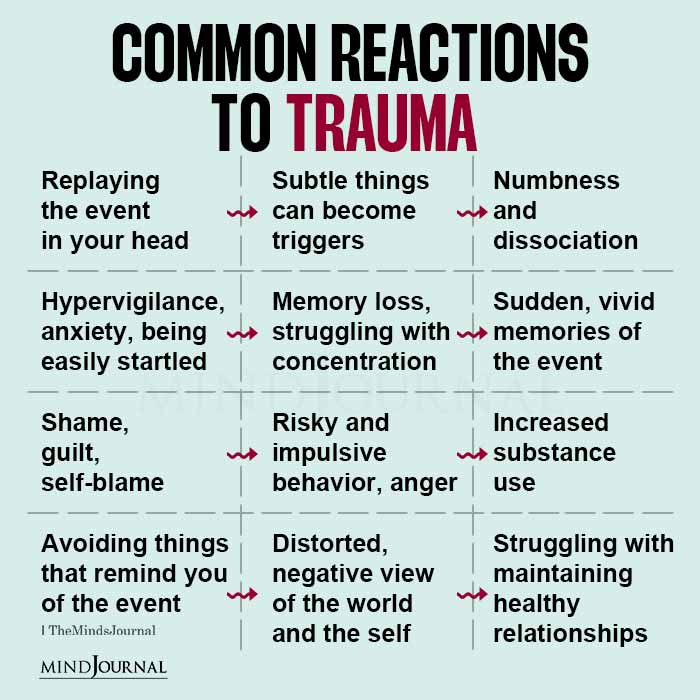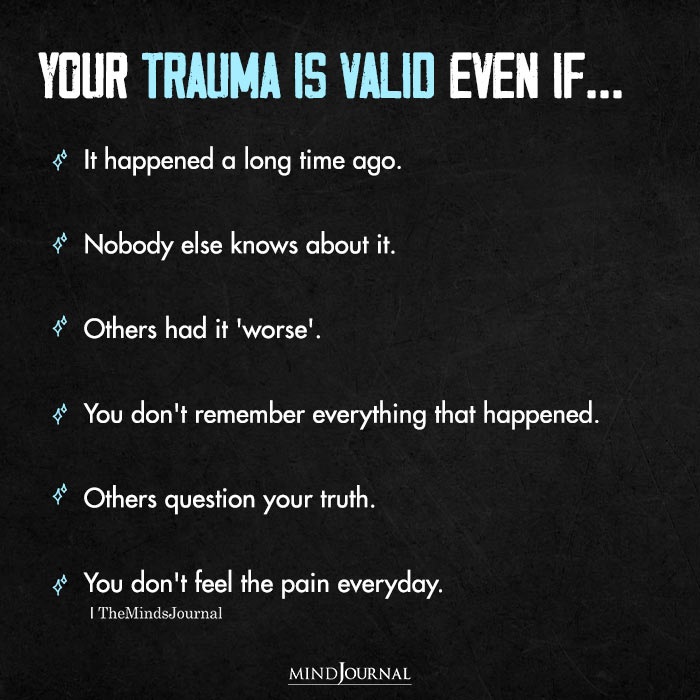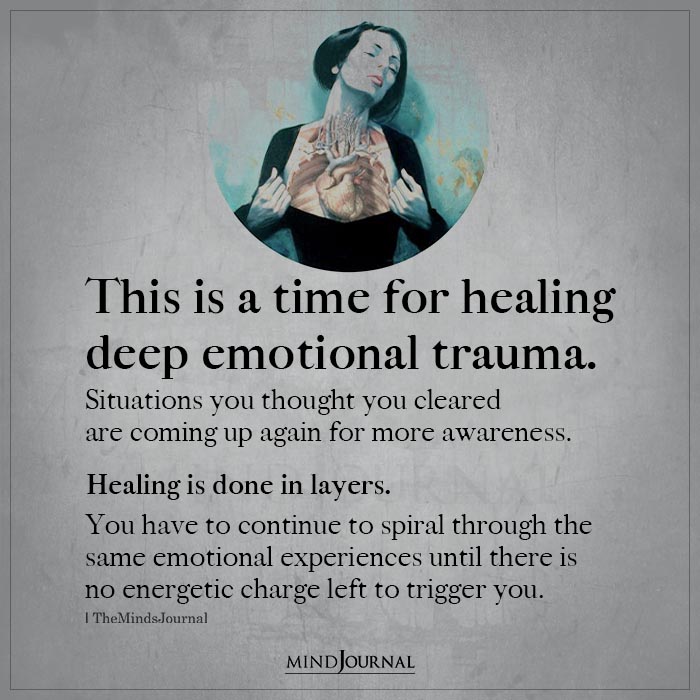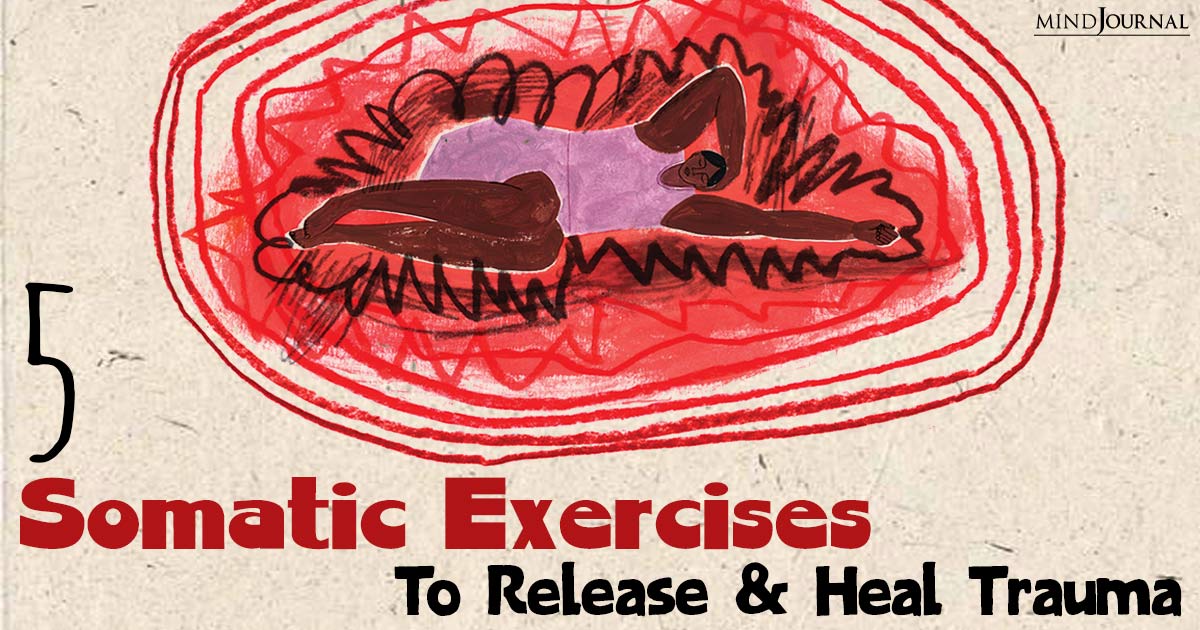Have you ever wondered how the body and mind can hold onto traumatic experiences long after they have occurred? The effects of trauma can be far-reaching, impacting our emotional well-being, physical health, and overall quality of life. However, there is hope for healing and reclaiming a sense of inner balance through somatic exercises to release trauma.
Let us as we delve into the realm of somatic healing and explore the transformative power of somatic therapy, somatic processing therapy, somatic experiencing techniques, and somatic therapy exercises.
What is Somatic Experiencing?
Somatic Experiencing (SE) is a therapeutic approach developed by Dr. Peter A. Levine, which focuses on healing trauma and restoring the body’s innate capacity for self-regulation.
It recognizes that trauma is not solely a psychological phenomenon but also has significant physiological and somatic (body-centered) aspects. Somatic Experiencing aims to address the impact of trauma on the nervous system and facilitate the completion of instinctual responses that were interrupted during the traumatic event.
The core principle of Somatic Experiencing is that the body possesses an inherent ability to heal and restore balance. Traumatic experiences often overwhelm the body’s natural self-regulation mechanisms and can result in a state of dysregulation in the nervous system. This dysregulation may manifest as symptoms like hypervigilance, anxiety, dissociation, chronic pain, and other physical and emotional distress.

Through Somatic Experiencing, individuals are guided to develop a heightened awareness of their bodily sensations and to track the subtle physiological shifts that occur in response to trauma-related memories or triggers. The therapist creates a safe and supportive environment where clients can explore their sensations, emotions, and thoughts without retraumatization.
Related: The Reason Emotional Trauma Doesn’t Heal and How to Overcome It
Somatic Experiencing can be applied to various types of trauma, ranging from single-incident events like accidents or assaults to complex developmental trauma and chronic stress. It is a flexible approach that can be integrated with other therapeutic modalities, enhancing their effectiveness in trauma resolution.
It’s important to note that Somatic Experiencing and somatic exercises to release trauma are typically practiced under the guidance of a trained therapist who has completed the required training.
Now let’s explore what is somatic therapy.
What is Somatic Therapy?
Somatic therapy is a holistic approach that recognizes the interconnectedness of the body and mind in processing and releasing trauma. It acknowledges that trauma is not solely confined to our thoughts and emotions but is also imprinted within our physical being.
Somatic therapy aims to restore harmony by addressing the body’s response to trauma and facilitating its innate capacity for healing.
Unraveling Somatic Processing Therapy
Somatic processing therapy builds upon the foundations of somatic therapy and employs various techniques to engage the body’s wisdom in processing traumatic experiences.
By bringing awareness to bodily sensations, movements, and postures, somatic processing therapy helps individuals tap into their body’s innate intelligence to release and integrate unresolved trauma.
Exploring Somatic Experiencing Techniques
Somatic experiencing techniques and somatic exercises to release trauma, developed by Dr. Peter A. Levine, provide a framework for resolving trauma by focusing on the physiological responses that occur during and after a traumatic event.
This approach recognizes that trauma can disrupt the body’s natural self-regulation mechanisms, leading to a state of dysregulation. Somatic experiencing techniques guide individuals in renegotiating their relationship with traumatic memories, allowing for the completion of the body’s instinctual responses and the restoration of balance.
Here are some effective somatic experiencing techniques –
1. Tracking Sensations
Clients are guided to pay attention to bodily sensations, helping them become more aware of how their body responds to stress.
2. Pendulation
Alternating between focusing on sensations of safety and those related to trauma, allowing the nervous system to self-regulate.
3. Grounding
Techniques like “felt sense” or grounding exercises help clients feel more connected to the present moment and their physical bodies.
4. Titration
Breaking down overwhelming experiences into smaller, more manageable parts to prevent retraumatization.
5. Resourcing
Identifying internal and external resources to support a sense of safety and resilience during healing.
6. Slow Motion
Revisiting traumatic experiences in a slow, controlled manner to process and release held tension.
7. Touch and Movement
Integrating touch and physical movement to help clients connect with their body and discharge stress.
Related: 10 Ways To Overcome Childhood Trauma: Grow Beyond Your Childhood Trauma And Reclaim Your Life
8. Containment
Learning to regulate and contain intense emotions and sensations during therapy.
9. Completing Involuntary Responses
Encouraging the completion of self-protective responses that may have been interrupted during the traumatic event.
10. Integration
Focusing on integrating the changes and healing experienced through SE into daily life.
These techniques, guided by a trained SE practitioner, aim to help individuals release the physical and emotional effects of trauma and build resilience.

Somatic Therapy Exercises
Somatic therapy exercises form an integral part of the somatic healing process, empowering individuals to reconnect with their bodies and navigate through trauma-related sensations.
Somatic exercises to release trauma can be practiced both in the presence of a trained somatic therapist or as self-care practices at home. Let’s explore some effective somatic therapy exercises:
1. Grounding Techniques
Grounding exercises help individuals establish a sense of safety and stability in their bodies, creating a solid foundation for trauma healing. These exercises involve engaging with the present moment, connecting with the environment, and using sensory experiences to anchor oneself.
Examples of grounding techniques include deep belly breathing, feeling the weight of one’s body on a stable surface, or focusing on the sensations of touch.
2. Body Scanning
Body scanning exercises involve systematically bringing attention to different parts of the body, noticing sensations, and cultivating awareness without judgment. By mindfully exploring sensations, individuals can gradually release tension and promote relaxation.
3. Somatic Movement
Engaging in somatic movement practices, such as yoga, tai chi, or dance, can be immensely beneficial for trauma release. These practices encourage gentle and mindful movements, helping individuals reconnect with their bodies, release stored tension, and promote a sense of embodiment.
4. Emotional Release Techniques
Somatic therapy exercises for emotional release involve providing a safe space for these emotions to be expressed and discharged.
Techniques like deep breathing, vocalization, or using props like cushions or pillows for physical release can support the release of pent-up emotions, allowing for a sense of relief and emotional integration.
5. Mindfulness and Meditation
Practicing mindfulness and meditation cultivates present-moment awareness, fostering a compassionate and non-judgmental attitude towards oneself. By observing thoughts, emotions, and bodily sensations without attachment or resistance, individuals can develop a greater capacity to be with their trauma-related experiences.
Takeaway

Somatic exercises to release trauma offer a pathway to healing trauma, allowing individuals to reconnect with their bodies, release tension, and restore a sense of balance. By acknowledging the profound connection between the body and mind, somatic therapy empowers individuals to access their innate capacity for healing and resilience.
Embrace the power of somatic exercises and unlock the potential for profound healing and growth within yourself.
Related: How To Overcome The Trauma Of Feeling Invalidated?
Frequently Asked Questions (FAQs):
What does Somatic Experiencing do?
Somatic Experiencing (SE) helps individuals release and heal trauma by addressing the physical and emotional impact of traumatic experiences through therapeutic techniques.
What is an example of somatic therapy?
An example of somatic therapy is using body-oriented techniques, such as deep breathing or progressive muscle relaxation, to manage anxiety.
What are the criticism of Somatic Experiencing?
Critics argue that Somatic Experiencing lacks empirical evidence and may not be universally effective, with results varying depending on the practitioner.










Leave a Reply